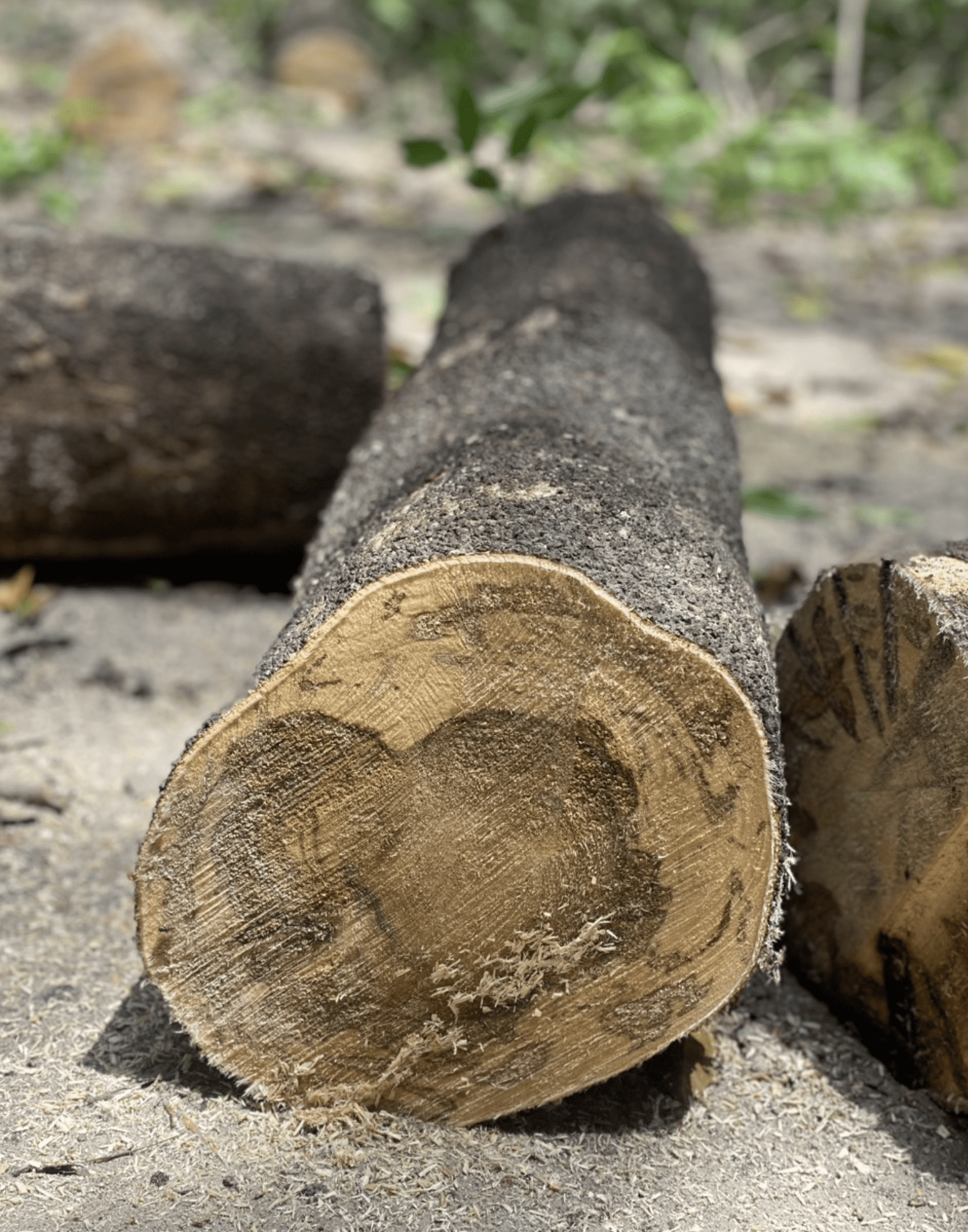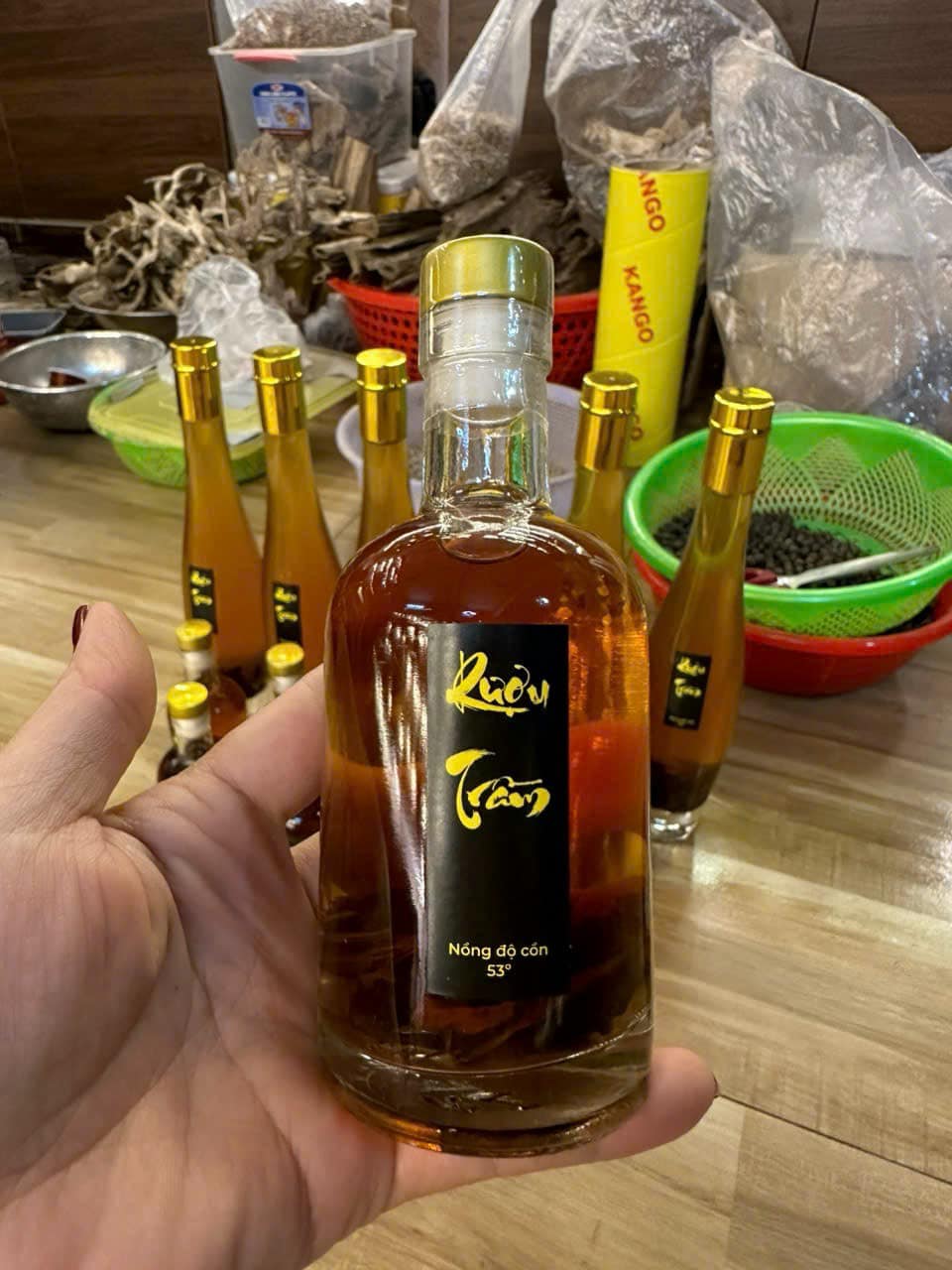
Agarwood*, often referred to as the “wood of the gods,” has been a symbol of luxury, spirituality, and mystique for thousands of years. This precious natural fragrance is not just a commodity but a cultural icon in many parts of the world. In this article, we’ll delve deep into what agarwood is, its unique formation process, and why it holds such a revered place in human history.
Table of Contents
ToggleIntroduction
Have you ever wondered why agarwood is considered one of the most valuable woods on the planet? Known by many names such as oud, aloeswood, and gaharu, agarwood’s allure lies in its fragrant resin and the aromatic incense it produces. This captivating wood has not only been a staple in perfumery but also a profound element in various cultural and spiritual practices. Let’s embark on a journey to understand this resinous heartwood and its significance throughout history.
I. What is Agarwood?
1. Definition of Agarwood
Agarwood is a dark, resinous wood that forms in the heartwood of certain species of trees in the genus Aquilaria. When these trees become infected with a specific type of mold (Phialophora parasitica), they produce a fragrant resin as a defense mechanism.
This remarkable transformation changes the otherwise light and pale wood into a dark, dense, and aromatic piece known as agarwood. This process not only enhances its beauty but also adds to its mystique, making it a cherished resource across various cultures.

2. Physical and Chemical Characteristics
- Appearance: The wood changes from pale to dark brown or black due to the accumulation of resinous heartwood, which gives agarwood its distinctive look.
- Aroma: Agarwood emits a complex scent profile, making it highly sought after in the fragrance industry. Its rich and layered fragrance can evoke memories and emotions, further enhancing its allure.
- Composition: Rich in volatile organic compounds responsible for its unique aromatic properties, agarwood has been the subject of scientific studies aiming to understand its chemistry and therapeutic potential.

“For a broader understanding of agarwood’s role in history and cultures, you might want to read Agarwood: A Journey Through History and Global Cultures”
II. The Distinctive Scent of Agarwood
1. Describing the Scent
The agarwood scent description is complex and multi-layered. It combines woody, sweet, and earthy notes with hints of spice and sometimes a subtle floral undertone. This unique aroma is why it’s prized in perfumery and as an incense material. The distinct scent of agarwood can create an ambiance of luxury and tranquility, making it a favorite in both religious and everyday contexts.
2. Impact on Mood and Spirituality
- Emotional Effects: The scent is known to induce a sense of tranquility and relaxation, positively affecting the agarwood mood. Many individuals report feelings of calm and serenity when surrounded by its fragrance, making it an ideal choice for meditation and relaxation.
- Spiritual Significance: Used in various religious rituals, the scented wood is believed to aid in meditation and spiritual connection. The practice of burning agarwood during worship is thought to enhance the spiritual experience, allowing practitioners to focus their minds and hearts.

III. Origin and Formation Process
1. The Aquilaria Tree (Aquilaria Species)
- Biology: Belonging to the Thymelaeaceae family, the Aquilaria species are fast-growing trees native to Southeast Asia. These trees thrive in humid tropical environments, where they are most likely to encounter the molds that lead to agarwood formation.
- Distribution: Found predominantly in countries like Vietnam, Laos, Cambodia, Malaysia, Indonesia, and parts of India, these trees are integral to the ecosystems in which they grow.
- Characteristics: These trees have pale, smooth bark and can grow up to 40 meters tall, providing an impressive backdrop for the vital process of agarwood formation. Understanding the biological characteristics of agarwood trees can enhance our appreciation for its therapeutic properties.

2. Agarwood Formation Process
- Infection: The tree is infected by mold such as Phialophora parasitica, initiating the production of fragrant resin. This natural defense mechanism is crucial for the survival of the tree, showcasing nature’s ability to adapt.
- Resin Accumulation: Over time, the resin saturates the heartwood, forming the valuable resinous heartwood. This accumulation can take many years, often decades, depending on environmental conditions and tree health.
- Environmental Factors: Natural formation can take decades, influenced by factors like tree age, environmental stress, and microbial interactions. The unique conditions under which agarwood is produced contribute to its rarity and value.

“To explore how agarwood has influenced various cultures, check out Agarwood in Different Cultures. Additionally, for an in-depth look into its historical significance, see The History and Cultural Significance of Agarwood.”
IV. Other Names for Agarwood
Oud and Aloeswood
- Oud: Derived from the Arabic word for wood, “oud” is commonly used in Middle Eastern cultures. It’s a staple in their perfumery and incense traditions, reflecting the cultural significance of agarwood in their heritage.
- Aloeswood: In some European languages, agarwood is known as aloeswood, not to be confused with the aloe plant. This name highlights its historical trade routes and usage, showcasing the global appreciation for this remarkable wood.
These names are often used interchangeably but always refer to the precious natural resource that is agarwood, emphasizing its importance across different cultures and languages. It is essential to understand the different types of agarwood to fully appreciate its benefits.
V. Applications of Agarwood in Life
1. In the Fragrance Industry
- Luxury Perfumes: Agarwood is a prized ingredient in many high-end fragrances due to its rich and long-lasting scent. Perfume houses often use agarwood to create unique blends that stand out in a crowded market.
- Oud Oil Production: Extracted from the wood, oud oil is one of the most expensive essential oils in the world. Its use in perfumes and personal care products has skyrocketed, making it a luxury item among connoisseurs.

2. In Religion and Culture
- Incense Burning: Used as an aromatic incense in religious ceremonies across Buddhism, Hinduism, Islam, and Christianity, agarwood plays a vital role in spiritual practices worldwide.
- Cultural Significance: Symbolizes purity, meditation, and connection with the divine. The burning of agarwood during worship not only elevates the sensory experience but also enhances the spiritual atmosphere.

3. In Traditional Medicine
- Healing Properties: Incorporated in traditional medicine uses for its supposed benefits like relieving pain and digestive issues. Various cultures have recognized the therapeutic potential of agarwood for centuries.
- Modern Research: Studies are exploring its antimicrobial and anti-inflammatory properties. Ongoing research aims to validate traditional uses and uncover new applications for agarwood in contemporary medicine.

VI. The Value and Rarity of Agarwood
- Scarcity: Natural agarwood is rare due to overharvesting and the long time required for its formation. This scarcity has contributed to its status as a luxury item.
- Economic Value: It’s considered a precious natural resource, often priced higher than gold. The high market value of agarwood reflects the cultural, spiritual, and economic significance it holds globally.
- Conservation Efforts: Sustainable practices are being developed to protect the species and continue production. These efforts are essential to ensure that agarwood remains available for future generations. The latest research on agarwood continues to reveal its extensive health benefits.

Conclusion
Agarwood’s journey from a simple tree to a precious natural fragrance is a testament to nature’s wonder. Its deep-rooted significance in culture, religion, and the fragrance industry makes it a subject worth understanding and preserving. The allure of agarwood extends far beyond its aroma; it embodies the stories and traditions of countless cultures, making it a vital part of our shared human experience.
FAQs
- Why is agarwood so valuable?Agarwood is valuable due to its rarity, complex formation process, and the unique, long-lasting fragrance it produces. Only certain Aquilaria trees that undergo a natural infection produce the resin required for agarwood, making it a rare and precious commodity. Its cultural, spiritual, and economic significance also adds to its high market value.
- How is oud oil related to agarwood?Oud oil, also known as agarwood essential oil, is extracted from the resin-saturated heartwood of agarwood. This oil is highly valued in perfumery for its deep, rich scent and long-lasting quality. Oud oil is often considered one of the most luxurious and expensive essential oils worldwide.
- What are the main uses of agarwood?Agarwood is widely used in luxury perfumes, religious rituals, traditional medicine, and as incense in spiritual practices. Its oil, oud, is also popular in aromatherapy for its calming properties. Additionally, agarwood is carved into beads, jewelry, and decorative items due to its fragrance and cultural value.
- How does agarwood form?Agarwood forms when Aquilaria trees are infected by certain types of mold, which triggers the tree’s natural defense response, producing a fragrant resin. This process transforms the otherwise pale wood into the dark, resinous heartwood that we know as agarwood. Formation is slow, often taking decades, adding to its rarity and value.
- Is agarwood sustainable?Due to overharvesting, agarwood is considered endangered in the wild. However, sustainable practices, including plantation cultivation and artificial inoculation, are being implemented to ensure a consistent and eco-friendly supply of agarwood. Organizations like CITES regulate agarwood trade to promote conservation and sustainable sourcing.
- How is agarwood used in spiritual practices?Agarwood is commonly burned as incense in various religious ceremonies and meditation practices. Its scent is believed to purify spaces, enhance meditation, and deepen the spiritual experience. Religions like Buddhism, Hinduism, and Islam hold agarwood in high regard for its ability to create a sacred atmosphere and connect practitioners to the divine.
Author
Tran Thi Bich Ngoc is the Head of Production at Oudgo, overseeing the entire production process from agarwood harvesting to processing and packaging the final products. She holds a Bachelor’s degree in Biotechnology from Hanoi University of Science and Technology and brings over fifteen years of experience in the agarwood production industry. Prior to joining Oudgo.Ms. Ngoc worked with companies specializing in the production of natural cosmetics and health care products. Her extensive expertise ensures the highest quality and efficiency in Oudgo’s production operations, contributing significantly to the company’s reputation for excellence see more
